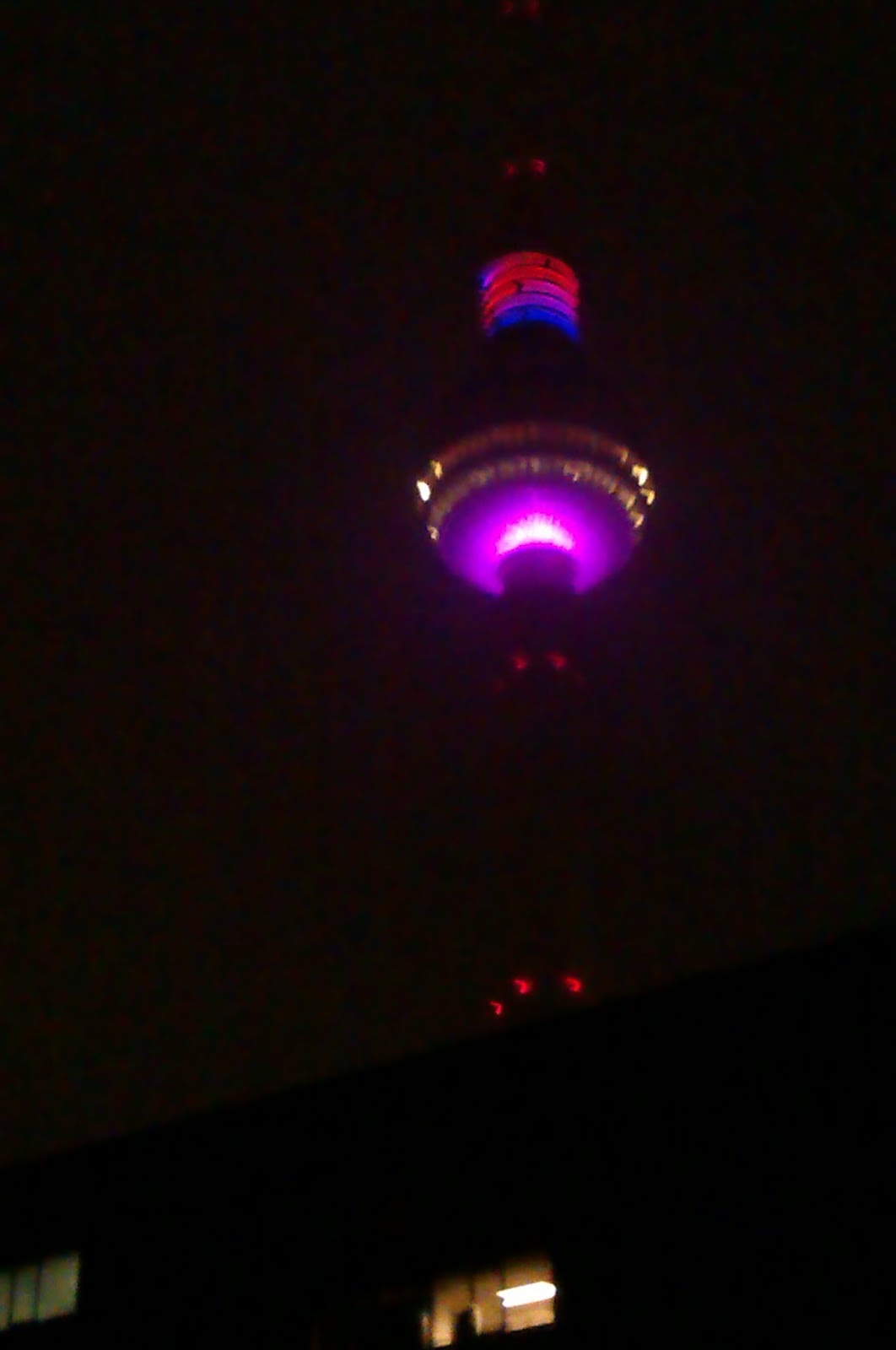It's a little hard to take in winning this incredible prize!
It will go a long way towards getting 3DBARE to proof-of-concept and beyond.
Many, many thanks to the panel and the conference organisers of #SXSC3 !
For more about 3DBARE, our engine for Music You Can Walk Inside, and to get involved, please get in touch via
Twitter (#benjaminmawson),
Soundcloud (benjamin_mawson) or
Linkedin.
Some key things about 3DBARE:
 |
| Sound You Can Walk Inside |
- software to give listeners virtual experience of walking inside music.
- translates motion-tracking into multi- channel binaural audio rendering.
It will be used at a new kind of event that combines elements of concert, exhibition, silent disco, funhouse, public garden, dreamscape.
3DBARE allows listeners to move and make a virtual exploration of a soundscape: permits annotation of a space with audio that enhances both listening experience and individuals' connection to a place.
Why we think 3DBARE is essential:
• Digital studios permit
‘impossible’ music and sonic textures of greater complexity than can be fully
heard through standard (loudspeaker) relay.
• Loudspeaker listening same
as a CD or a gramophone record – it is passive and fixed, identical on each
audition.
• Loudspeaker spatialisation
is unconvincing, complex and expensive.
• Wireless headsets offer
freedom to investigate sound as though it were a
physical structure.
• This permits recorded
digital sound to be explored from continually changing perspectives.
• 3DBARE achieves a
significant step towards "digital liveness".
To find out more and to get involved - send us your email address and we will get straight back to you
To find out more and to get involved - send us your email address and we will get straight back to you








